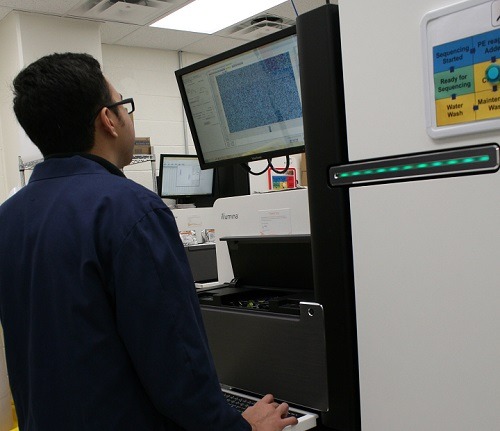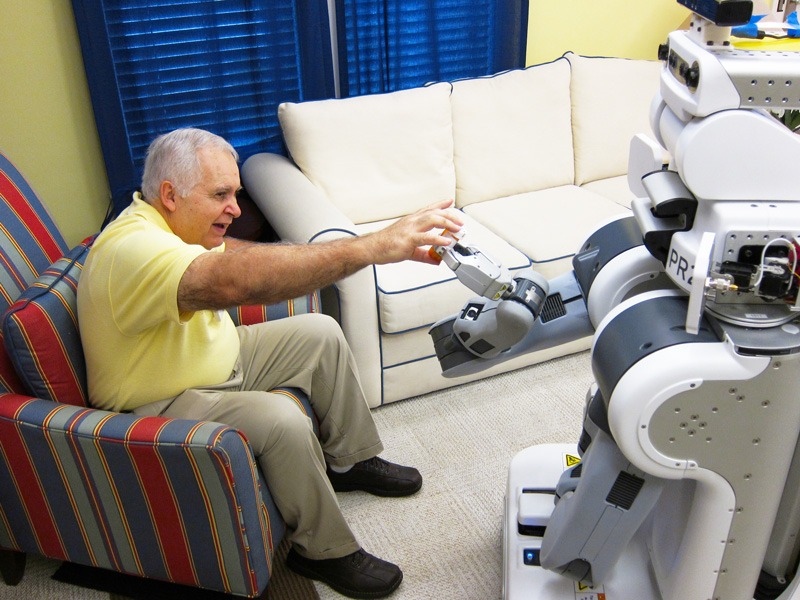
Digitalisation in healthcare is needed just as much as it is in any other industry, according to Patricia Hewitt who argues the NHS long term plan should focus more on digital transformation – similar to the healthcare system in India.
In her keynote speech at this year’s Wearable Technology Show, the chair of the Norfolk and Waveney Sustainability and Transformation Plan expressed her delight on the digital transformation for health and care, which Matt Hancock is furthering by launching a NHSX to lead on digital strategy.
She said: “I have to say I am delighted to see Matt Hancock as health secretary making digital transformation for health and care and specifically to the NHS, but my goodness me, don’t we have a long way to go.”
How the digital healthcare system in India is ahead of the UK

Having spent eight years chairing the UK India Business Council, Ms Hewitt experienced working with Indian healthcare providers who had developed some “extraordinary innovations.”
Observing the advantages from the healthcare system in India and its productive use of technology during each stage of operation, Ms Hewitt believes the UK could benefit by bringing some of the digital learnings and implement them to its healthcare system.
She said: “A lot of my favourite examples come from India. Until recently, I chaired the UK and India business council helping among other things to promote partnerships between the NHS and the medtech sector in this country.
“I’m afraid Indian healthcare is way ahead of us in terms of really understanding the power of digitalisation to transport health and care.
“They have an extraordinary operation, a patient is admitted and a tablet is immediately attached to their bed.”
Ms Hewitt explained the digitalisation in India reflects a complete transformation of the underlying clinical and business processors.
The system is not limited to simply tracking the patient throughout their care, but to also guide and educate the healthcare assistants and bed assistants who are a crucial part of the healthcare system in India.
It allows the cardiologist, the consultant and the cardiologist surgeon to focus and carry out duties only they are specialised in for treatments, everything else is done by other members of staff or enabled by apps and tablets.
She added: “Even more interestingly is what they do after the patient is discharged from hospital for an acute episode. Of course in India, a lot of their patients are illiterate, and live in remote rural areas.
“But they recruit some of their patients as peer coaches or expert patients. They equip them with some IT if they can catch it, then they’re used as health coaches for other patients who’ve been discharged and those patients families so that there is instant access.”
Ms Hewitt observed how everything is done through a cloud-based or app-based technology and the Internet of Things, as well as wearable monitors to check the well-being of patients.
How the UK can use technology to improve its healthcare system

Ms Hewitt provided shocking insights into health organisations in Norfolk and Suffolk, where she chairs the NHS Sustainability and Transformation Plan.
She said: “We are the worst in England of 44 systems for digital transformation. We have three acute hospitals, they are respectively the 8th worst, the 5th worst, and the worst in England for digital transformation.”
Two of the acute hospitals along with their mental health trust are in special measures and have a “significant and alarmingly fast growing deficient.”
They have received some money from Matt Hancock’s new digital fund and are therefore now sorting the business case for electronic patient records, and other essential tools to go in to all three acutes.
In addition to the UK leading in medicine and medical innovation, Ms Hewitt mentioned the NHS also being great at pilots and an exemplar.
However, she also acknowledged the lack of digital transformation and inadequacy at process innovation, and transformation of the business and service of digital health and care.
She said: “We need that just as much as we need brilliant gadgets – the theme of this conference, and of course we got quite shocking fragmentation of organisations and their pathways, systems and the lack of interconnection.
“Not just at a technical level, but also in terms of information the governance arrange, and the confidence in the arrangements.”
For the new NHS long term plan, Ms Hewitt suggests a commitment to make every one of the 44 systems in England an integrated care system and to have it around the patient and their carer and their family.
She said: “Use of technology should not be just because it’s a brilliant device, but because with lots of brilliant devices, we can bring lots of connectivity.
“We can transform the whole service, we can really support to maximise patient’s well being and be supportive in doing that to keep them safe.”
Healthcare technology for older patients

Ms Hewitt made her final point stating health and care are quintessentially high-tech and high-touch, and both are needed to transform the entire system, especially for the elderly patients.
She said: “Hospitals are a very dangerous place, especially for older people. We need to keep the frail and the old at home as much as possible, for as long as possible and keep them out of hospitals.”
There are over a million elderly people in Britain who talk to almost nobody and live alone – creating an absence of interaction for which Ms Hewiit says there are no substitutes.
She uses Japan’s robotic technology as an example of how the UK can help fill the absence of companionship for old patients.
She added: “Japan, which of course is a leader in innovation in this space, has come up with lovely-looking robotic seals – sort of pets really, it works as great wearables and sensors to keep you safe at home.
“High-tech and high-touch can transform the entire system around the needs of each of individuals and patients, we are here to do that.”






